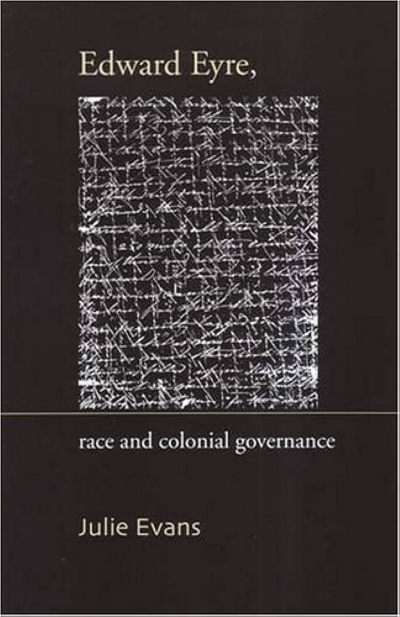Biography
Billy Hughes: Prime Minister and controversial founding father of the Australian Labor Party by Aneurin Hughes
by John Wanna •
Tête-À-Tête: The lives and loves of Simone De Beauvoir and Jean-Paul Sartre by Hazel Rowley
by Colin Nettelbeck •
Ever Yours, C.H. Spence: Catherine Helen Spence’s an autobiography (1825–1910), diary (1894) and some correspondence (1894–1910) edited by Susan Magarey
by Elizabeth Webby •
Australian Dictionary of Biography: Supplement, 1580–1980 by Christopher Cunneen
by Paul Brunton •
The Last Explorer: Hubert Wilkins, Australia's unknown hero by Simon Nasht
by Paul de Serville •
Margaret Olley: Far from a still life by Meg Stewart
by Brenda Niall •










